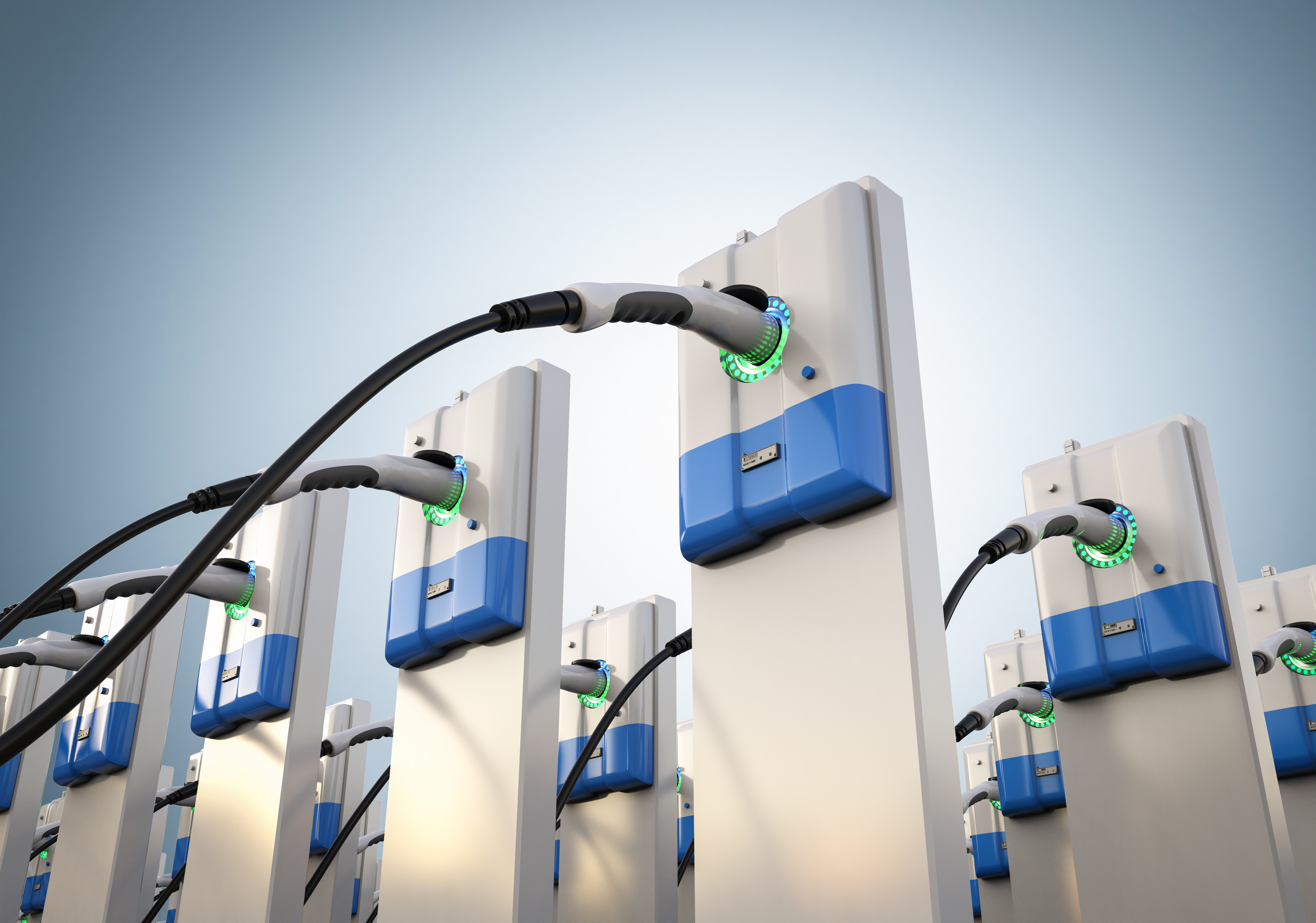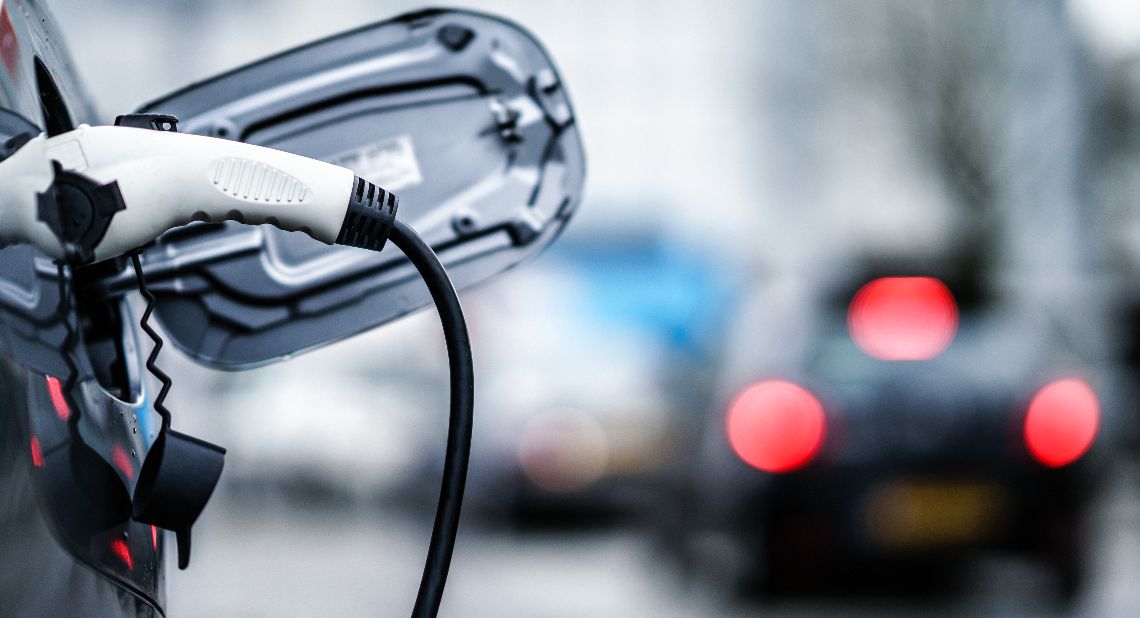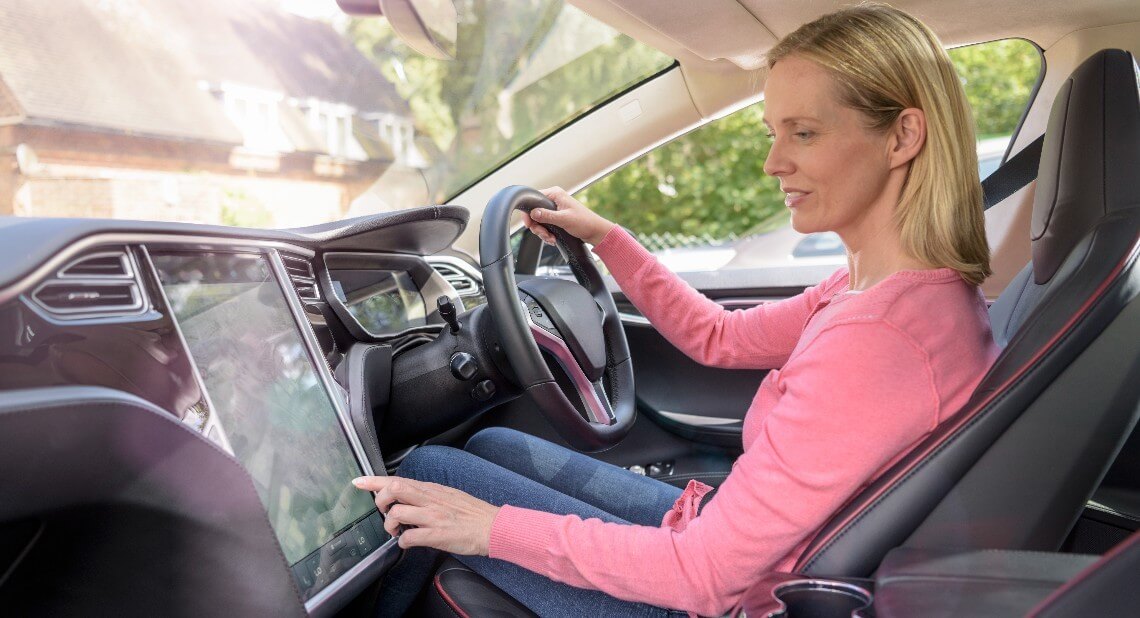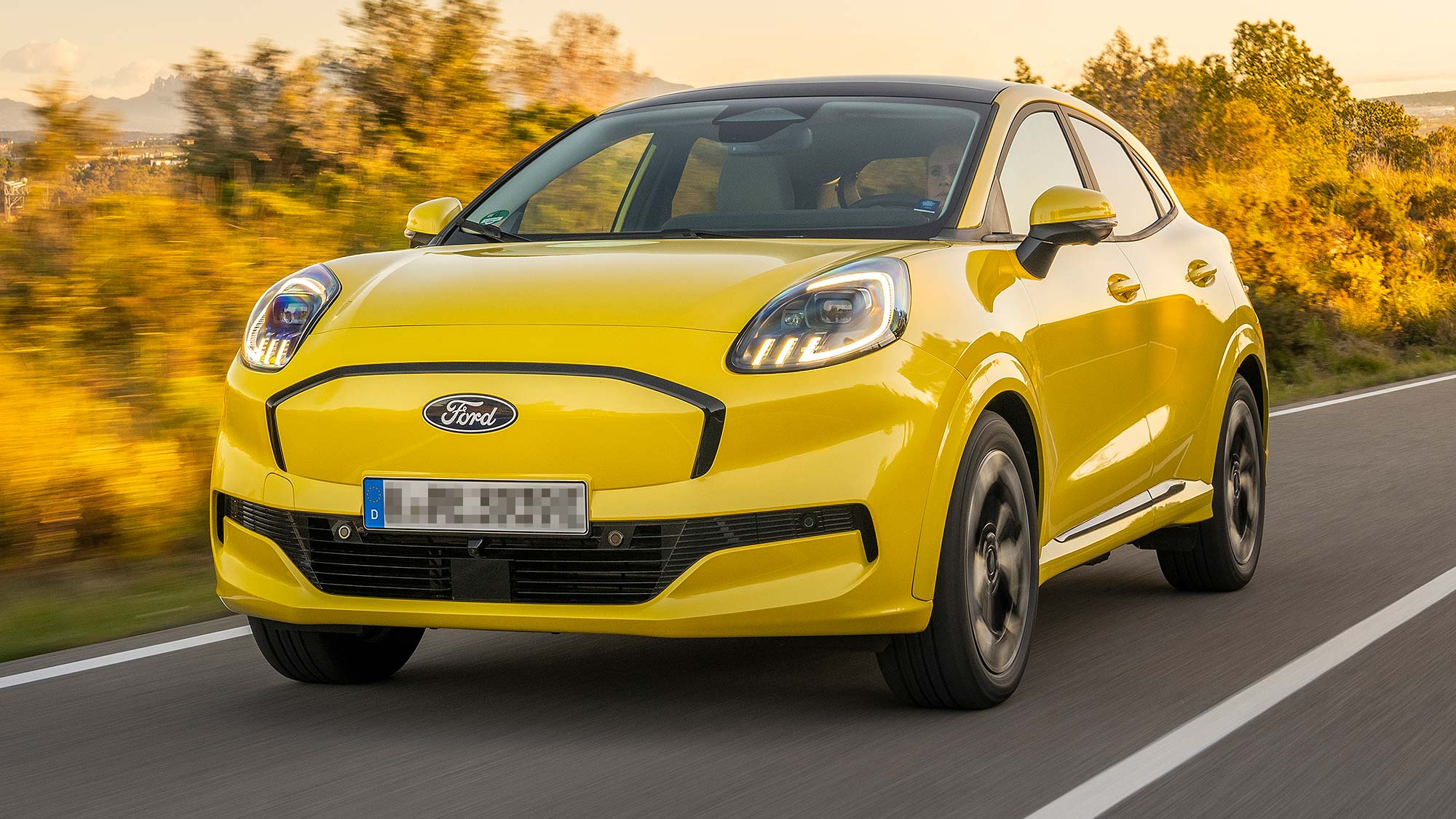Electric vehicles (EVs) have become an increasingly common sight on our roads in recent years, both in the UK and across the world. Recent figures show that there are now more than a million fully electric vehicles on the road in the UK and an estimated 26 million across the world. Those figures are expected to rise significantly in the coming years.
The rise in EVs is a reflection of the changes happening in the car industry. As manufacturers move more of their attention to EVs, we’re seeing some petrol and diesel models being phased out and the price of remaining models increasing.
Motorists switch from traditional petrol and diesel vehicles to EVs for a number of reasons. Many are drawn to the lower emissions EVs create, the lower fuelling costs, and the improved safety, with many EVs featuring the most up–to–date safety features. But one of the key benefits that is often overlooked is the amount of maintenance an electric vehicle needs.
In general, electric vehicles have been found to be significantly cheaper to maintain than their petrol and diesel equivalents. This is because a typical EV needs far fewer parts to operate than a traditional combustion car, making it easier and cheaper to maintain. To get a better understanding of this, we need to look at what drives an electric vehicle.
EVs have fewer moving parts
In petrol and diesel cars, the power comes from a combustion engine, which is made up of hundreds of moving parts. In an electric vehicle, the car is powered by an electric drivetrain, which is the name for the parts that combine to make the EV move. There are usually between 10 and 20 parts in an EV drivetrain. With fewer parts to go wrong, it is quicker, easier, and cheaper to check and repair an EV than a petrol or diesel vehicle.
To understand why an EV does not need the same level of maintenance as a petrol or diesel car, consider the key parts it does not have. There is no clutch, exhaust, fuel pump, or drive belt, which are significant components made up of many moving parts. EV powertrains do not need the engine oil changes, air filters, fuel filters, or spark filters that you will find in traditional vehicles. This means that servicing an EV almost always requires fewer parts and less labour.
When you lease an electric car through the Motability Scheme, your all-inclusive package covers regular servicing and maintenance.
However, one thing all EVs need that petrol and diesel cars do not, is a chargepoint (where the EV plugs into a source of electricity).
Did you know?
The Motability Scheme will support you with charging when you lease your first EV. They’ll arrange and cover the cost of a home chargepoint and a standard installation.
Some people are not able to get a home chargepoint, so they’ll give you access to the bp pulse network of public chargepoints instead.
Plus, all EV customers get their new way to help you charge on the go, Motability Go Charge. This gives you access to over 45,000 chargepoints, all with a single app and card.
The main EV maintenance factors
Electric vehicles do still need maintenance, and it will usually focus on four key areas:
1. Batteries and motor
The crucial components of any EV, though they generally need very little maintenance.
2. Brakes
EVs use regenerative braking, which causes far less wear on the brake pads and discs. They do, however, still need to be regularly checked during any service.
3. Oil and coolant
Both oil and coolant are needed to run an EV, but they require less topping up and replacing than with petrol or diesel cars.
4. Tyres and suspension
The heavy battery in an EV puts a little more stress on the tyres and suspension. Any service will check that these are both in good condition. If you find you do need your tyres replaced, this is covered in your all-inclusive lease package with the Motability Scheme.
Did you know?
If you’re a Motability Scheme customer, the easiest way to get in touch about a tyre repair is through your Motability Scheme online account, under the ‘Tyres’ section.
You can also check important details about your lease and update your personal information using in your account. It only takes a few minutes to sign up and makes looking after your lease easier.
- Create your online account
- Already got an online account? Log in to your online account

Does an EV need to be serviced?
A service is crucial to ensure any vehicle is running as it should, and EVs are no exception.
During a routine service, your EV will be plugged into a diagnostic machine, this is a scanner which is able to check the performance of each of the components in your car. Particular attention will be paid to the battery and, unlike with traditional cars, to the charging points. To ensure your EV can operate effectively, the service will make sure there is no damage to the charging cables and that there are no loose connections.
A recent study found that the average service cost in the UK was a third cheaper for EVs than petrol, diesel or hybrid models. The cost to service an EV was just £103, compared with petrol (£151), hybrid (£159) and diesel (£163) equivalents.
If you are a Motability customer, your regular servicing and maintenance are included as part of your all-inclusive package for any EV and any routine repairs are included in your agreement. Your manual will guide you as to when you should book your car for a service, and your Motability dealer will contact you ahead of time to organise a regular service.
Does an EV need an MOT?
Yes, all vehicles need a regular MOT, EVs included. The cost of an MOT is currently the same for all vehicles in the UK, and the cost of the MOT test is included in your Motability lease.
Note: This is for a full-electric vehicle only. Plug-in hybrid maintenance is similar to petrol or diesel, so it does not apply here. Your maintenance costs will vary between makes and models of vehicles, so the details are general costs rather than specifics.
How can I find an electric car on the Motability Scheme?
You can choose to pick from fully electric cars by ticking the ‘Electric’ box under ‘Fuel Type’ in the Car Search tool.
You can tailor the choice of cars available on the Scheme to your specific needs. The ‘advanced search’ function lets you narrow down choices to your exact requirements, including Advance Payment, brand, individual model, body style, fuel type, fuel consumption, number of seats, and even whether it’s eligible for younger drivers.
- Learn about the types of vehicle available to lease on the Scheme
- Check if you’re eligible to join the Scheme
- Request a free information pack to learn more about the Scheme
Related articles
Vehicle-to-Grid EV charging: what is it and how does it work?
![]()









